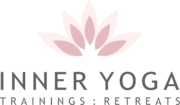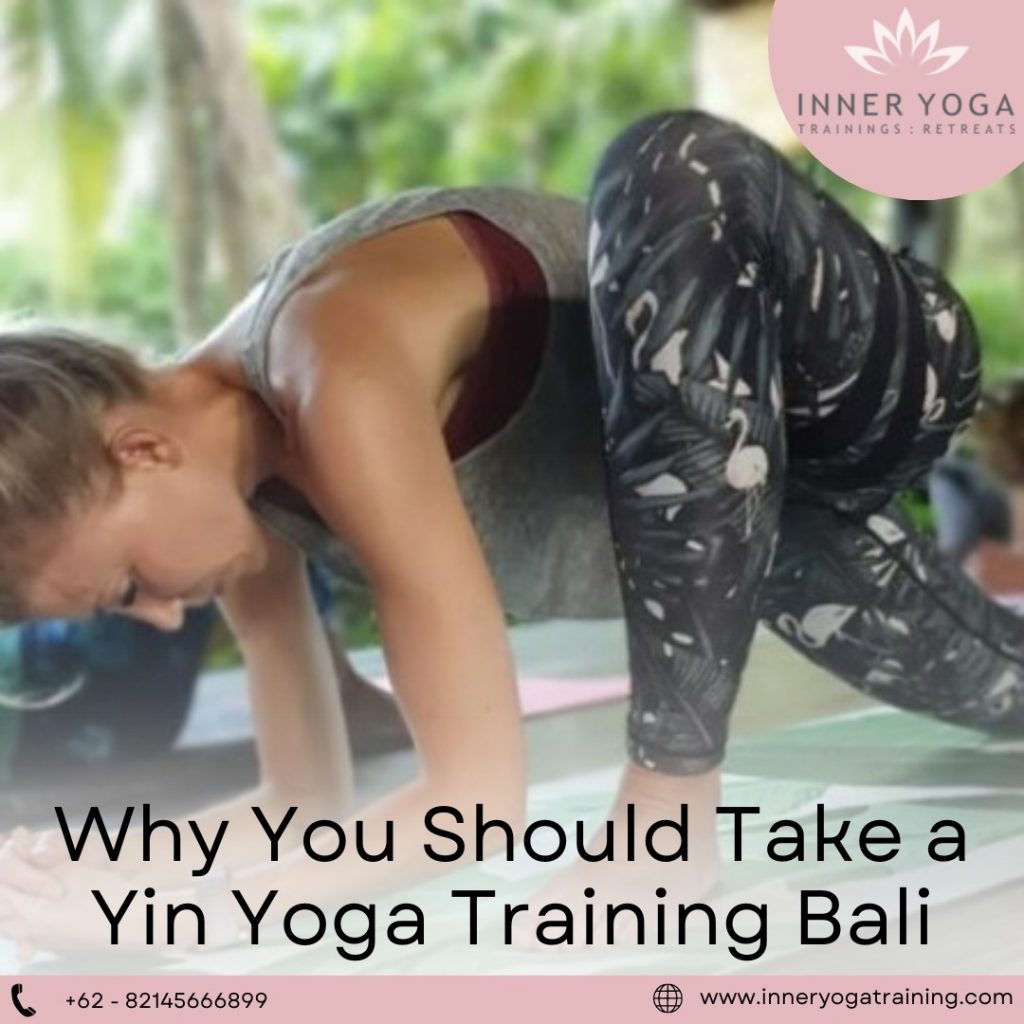Yin Yoga used to be an unknown and less popular style of yoga. There were very few yin yoga teacher training in Bali as people considered yin yoga boring, simple and didn’t understand the many benefits the practice has on the mind and body. Today, yin is the new black yogis the world over are experiencing for themselves the difference this amazing practice can have in their lives.
To understand yin yoga, we need to first understand the Taoist concept of Yin Yang. Yin is a quieter, softer, patient, inward-focused side while yang is active, doing, achieving, striving, expansive side. Our world has become a very yang place where achievement, goals, and action are celebrated while a quiet state of just being is seen as unproductive. But yin and yang coexist; according to Taoist theory, one cannot exist without the other. They are connected and interdependent. They live in harmony, always seeking, balance, with each having the potential to transform into the other.
Yin Yang is in everything – the sun and moon, day and night, active and passive. But more importantly, these two qualities are also present in us. When we are too much yang or too much yin, we can become unbalanced and this is when we can experience stress, frustration, anger, and disease if too yang or stagnant, lethargic, and ill if too yin. It’s all about finding and maintaining balance.
Many yoga teachers think they can teach yin yoga – just get people to hold floor-based poses for long periods of time and call it yin yoga. However, it’s not that simple and there is a lot more to the practice than there appears. That’s why it’s so important that if you are interested in teaching yin yoga, you do certify yin yoga teacher training.
What you can expect to learn in a yin yoga teacher training Bali.
Here is a rundown on what we believe the fundamentals are that any good yin yoga teacher training should include:
*Yin Yang Philosophy – practicing and living in balance. How to apply it in daily life and in your yoga practices.
*The 26 key yin yoga poses, their variations, and how to use props to deepen or lessen the stress. Learn the 7 archetypal poses and how each pose fits into these.
*How to teach functionally to suit all bodies. Poses don’t need to look a certain way – it is not about aesthetics. What’s more important is how a pose feels and where students are feeling it. It’s important to understand the anatomy behind why not all students may be able to do a pose the same way, and how to teach and adapt the poses to suit individual bodies. The yoga world has always been focused on how a pose should look and assumed that if someone can’t do a pose that it’s because they’re not flexible. As yoga teacher we also need to consider the skeleton of each student, which are all different, and how this can impact students’ ability to forward fold, twist, and bend. Gain an understanding of the 14 skeletal segments and 10myofascial groups in relation to a yoga practice.
*Tension and compression theory – looking at specific reasons why some students might not be able to do a pose. How we experience tension and compression in the body is sometimes difficult to know but when you know the theory and what’s happening in the body it will be easier.
*Learn about fascia and connective tissue and their function in the body. What role yin yoga has in maintaining mobility in the body?
* An understanding of the nervous system; the difference between sympathetic and parasympathetic and how each is influenced by yin or yang styles of yoga.
* How yin can be an access point for meditation practice. Learn meditations and techniques that can be used during classes.
* Why yin yoga poses are held for time. What we’re trying to achieve by doing this.
* If you look at yin yoga through the lens of Traditional Chinese Medicine, it opens up further options to help maintain optimum health and practice according to what needs to be brought back into balance. If the yin yoga teacher training you choose offers this approach, then you will learn about the 5 Element theory and the 12 main meridians in the body along with the organs, emotions, and symptoms associated with each. This adds an extra dimension to your teaching and your own practice that can help in maintaining optimum health.
If you’re wanting to dive deeper into yin yoga and find more ease and balance in your life or teaching, visit https://inneryogatraining.com/100-hour-yin-yoga-teacher-training-bali/ for details about our November training. In this comprehensive training, we also discover the world of Traditional Chinese Medicine.

